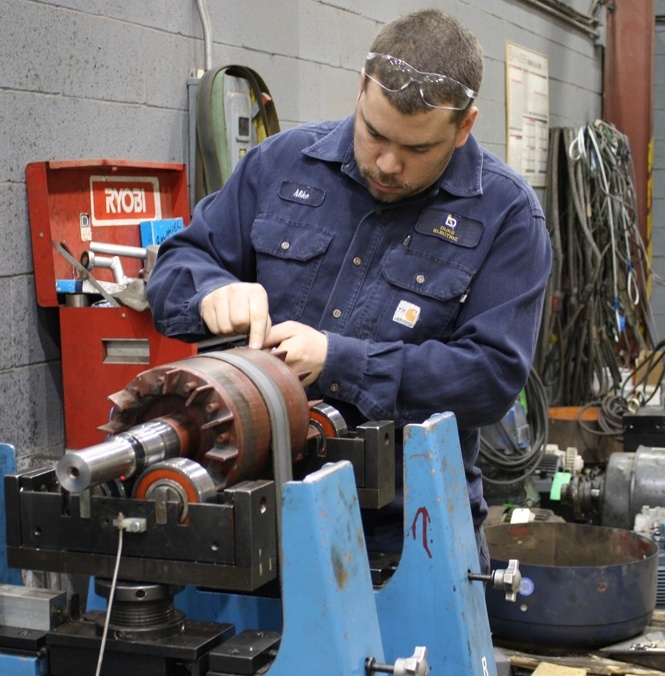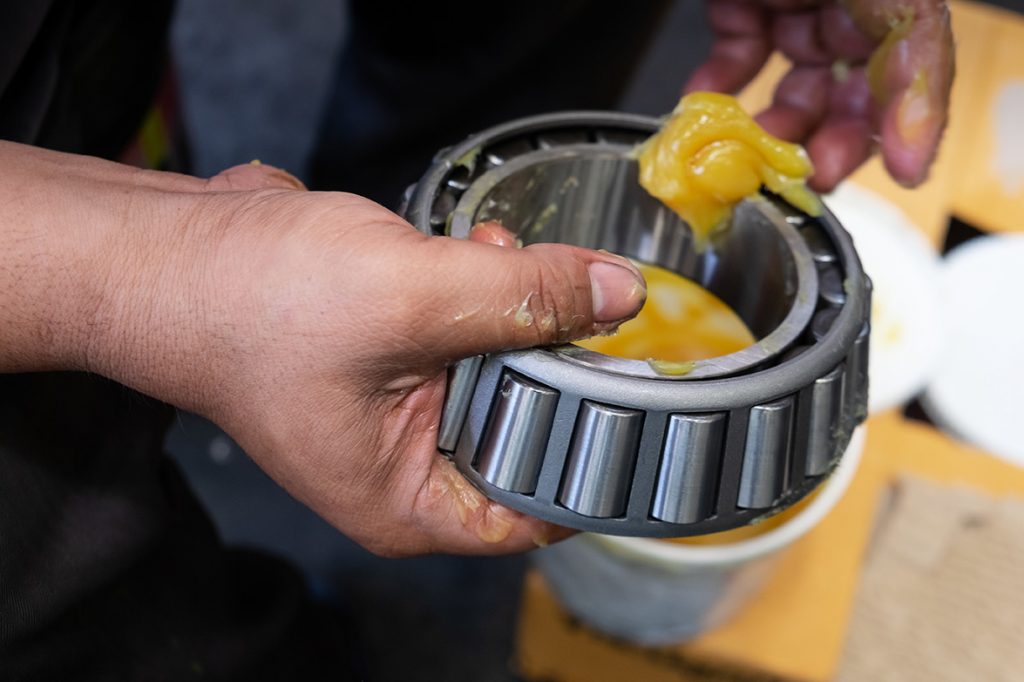4 KPIs for your preventive maintenance strategy December 16, 2019
When it comes to world-changing industrial innovations, preventive maintenance may not be high up on your list of potential candidates, but these techniques have been called some of the most important changes in modern industrial management.
What does a preventive maintenance strategy do?
Preventive maintenance and its newest incarnation, predictive maintenance, plays an important role by helping identify potential failure and defining an intervention framework to reduce the possibility of actual total failure. Preventive maintenance is used to manage everything from mechanical equipment, roads and bridges, critical motors, nuclear power plants, public transit, digital information systems and more.
When it comes to your critical motors, preventive maintenance can save you time and money by helping you avoid total failure leading to work stoppages, health and safety issues, and expensive repairs. But how can you tell if your preventive maintenance strategy is working?
By looking at four key performance indicators (KPI) we can begin to measure the success or failure of a preventive maintenance program. These four KPI’s are;
Let’s take a closer look at each of these key performance indicators below.
What are the key performance indicators for preventive maintenance programs?
KPI #1: Productivity
Productivity refers to the number of emergency labour hours that are needed to deal with equipment failure. These emergency hours are unplanned (and therefore, unbudgeted) hours that represent additional costs above and beyond regular salary.
Employment Ontario defines emergency hours as exceptional circumstances resulting from major equipment failures or accidents and breakdowns that prevent others in the workplace from completing their jobs. This could include an emergency shutdown of an entire plant or facility or the shutdown of an assembly line in a manufacturing plant.
The successful implementation of a preventive maintenance strategy would help you reduce the number of total failures of critical equipment and should lead to a significant drop in emergency hours, thereby increasing overall productivity.
KPI #2: Equipment Downtime
Equipment downtime is related to productivity but is focused specifically on equipment rather than labour. This is normally measured in hours (though sometimes equipment downtime can last weeks or months) and a successful preventive maintenance program should see equipment downtime at close to zero hours. Yes...zero hours of equipment downtime is the ultimate measure of success.
Preventive maintenance strategies should help you avoid total failure that leads to any downtime. Find out more about preventive maintenance here.
KPI #3: Equipment Costs
That old saying “if it ain’t broke, don’t fix it” was obviously coined by someone who had no responsibility for paying the equipment cost bills. When we say “equipment costs” we’re referring to the cost of materials and other direct or indirect maintenance costs as a result of mechanical failure or breakdown. The reduction of equipment costs is a good indicator of process improvements after implementing a preventive maintenance program.
While ongoing maintenance costs will still exist, preventive maintenance should reduce the cost of replacing expensive parts and exorbitant repair costs when something goes bust.
KPI #4: Preventive maintenance efficiency
Unlike your other KPI’s which are measured as a reduction in something (labour, time, money), a measure of efficiency should actually be an increase. In this case, preventive maintenance efficiency is a measure of how frequently preventive maintenance is being completed, and how many potential equipment problems are being identified and proactively solved.
The more successful your implementation of a preventive maintenance strategy is, the more preventive maintenance you should be doing. While this may seem counter-intuitive to overall efficiency, preventive maintenance will help you avoid bigger problems like equipment downtime and reduction of equipment costs.
To find out more about how a preventive maintenance strategy can save your bacon and how to start implementing one make sure you download our handy guide below.





